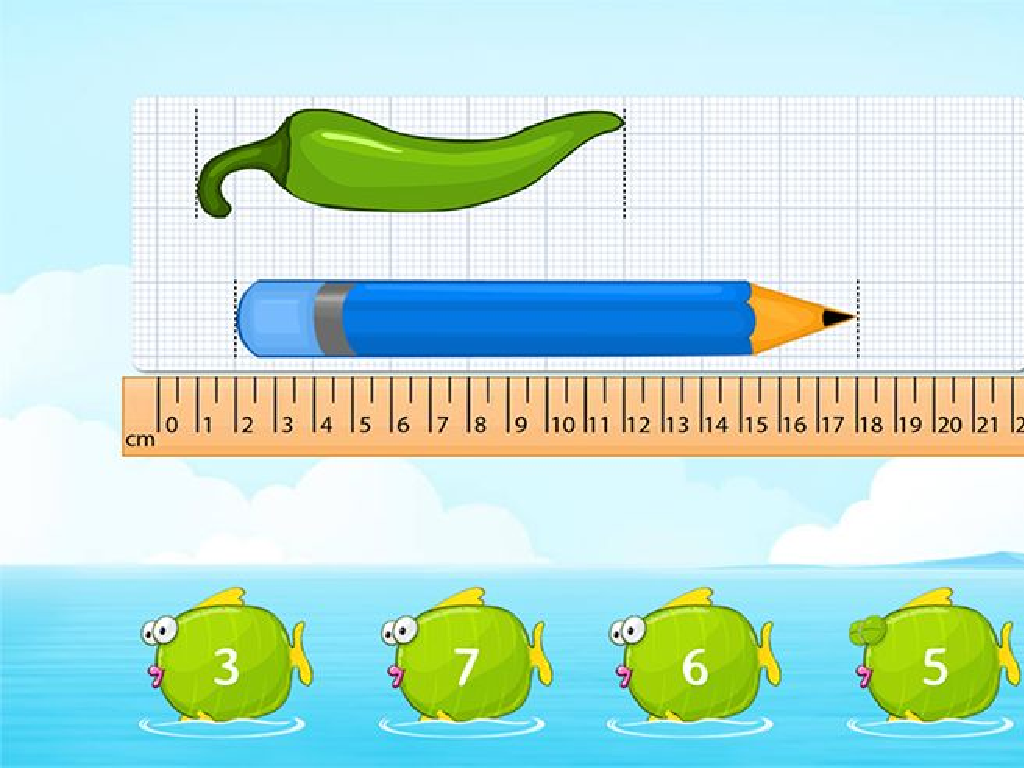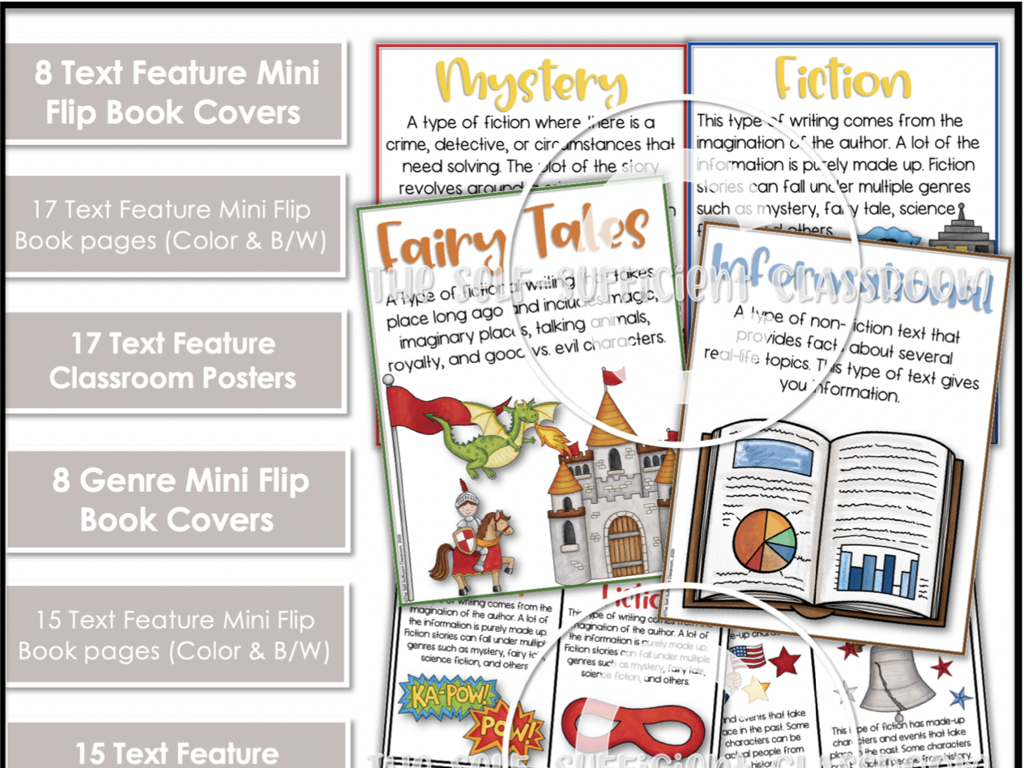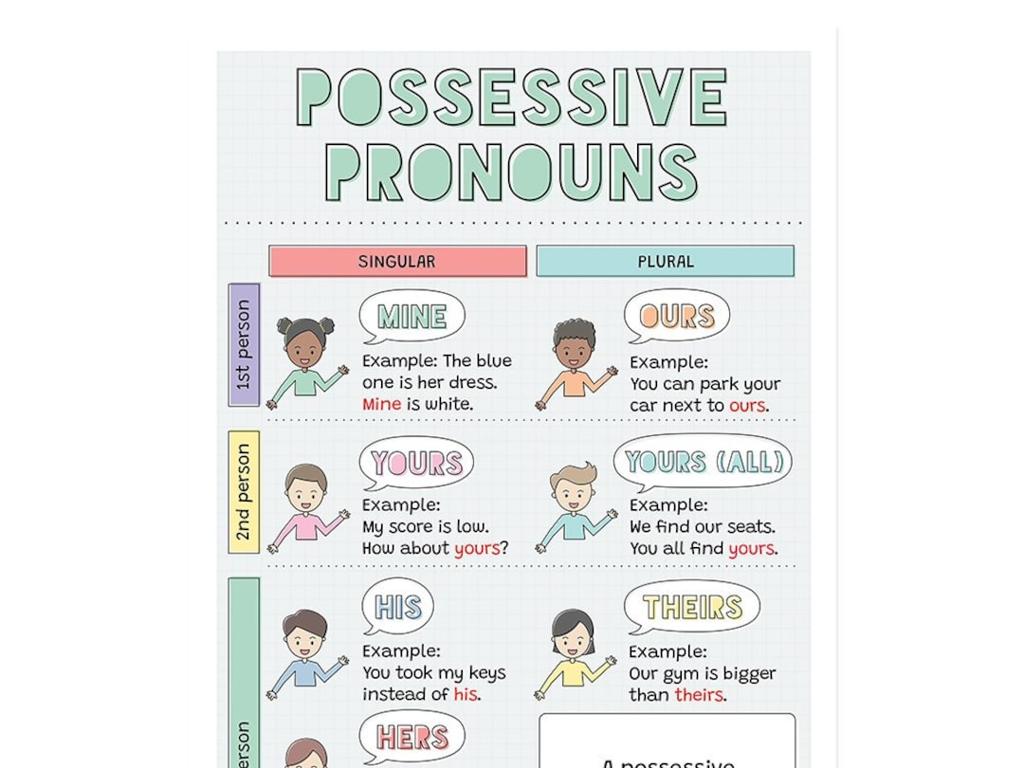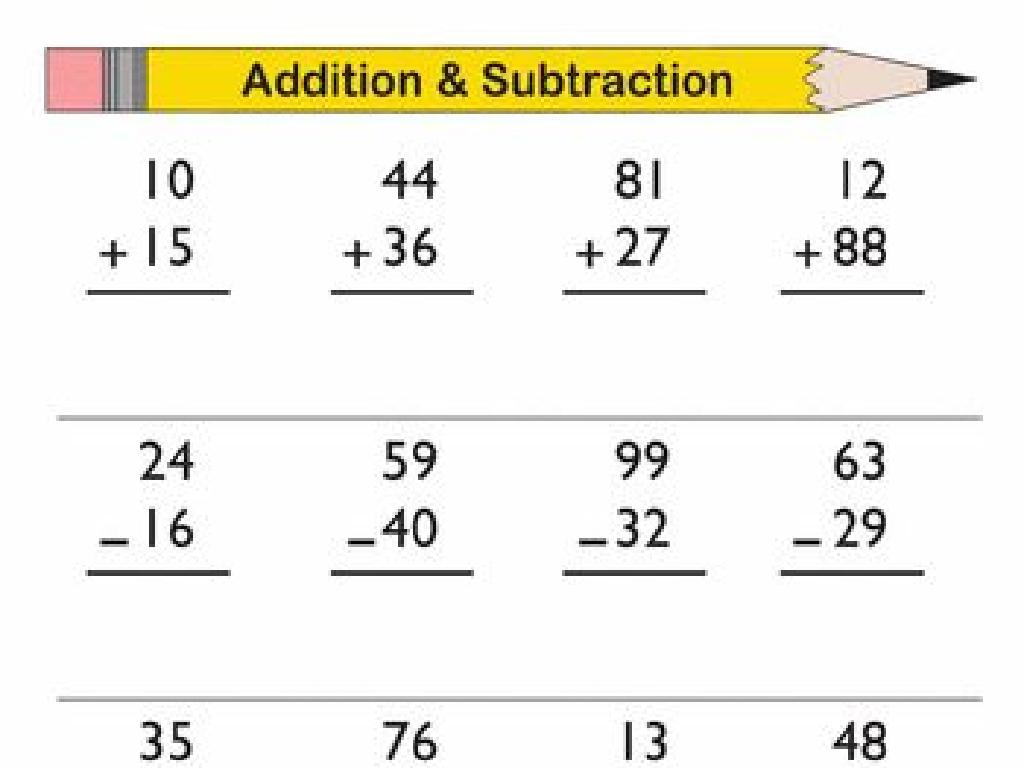Cubes
Subject: Math
Grade: Second grade
Topic: Three-Dimensional Shapes
Please LOG IN to download the presentation. Access is available to registered users only.
View More Content
Exploring Cubes: A Special 3D Shape
– Introduction to 3D shapes
– Focus on cubes
– A cube has 6 equal square faces
– Recognizing cubes around us
– Examples: dice, Rubik’s cube
– Class activity: Find cube-shaped objects
– Bring a cube-shaped toy or item to class
|
This slide introduces second-grade students to the concept of three-dimensional shapes, with a focus on cubes. Start by explaining what 3D shapes are and how they differ from 2D shapes. Then, describe the cube, emphasizing its six equal square faces, edges, and vertices. Ask students to identify objects around their home or classroom that resemble a cube to make the concept relatable. For the class activity, encourage students to bring a cube-shaped object from home, which will help them recognize cubes in their environment and reinforce the day’s lesson. This activity will also provide a hands-on experience and make the learning process interactive and fun.
Exploring Cubes
– A cube has 6 square faces
– Like a dice, all sides are equal squares
– Each face has 4 equal sides
– Sides are the same length, like a puzzle piece
– Faces meet at right angles
– Corners of the squares are 90 degrees
– Count faces, edges, vertices
– We’ll do this as a class activity
|
Introduce the cube as a solid, three-dimensional object that students can relate to, such as a dice or a block. Emphasize that all faces of a cube are squares with equal sides and that the squares meet at right angles. Engage the class in an interactive activity where they count the faces (6), edges (12), and vertices (8) of a cube. Use a physical cube for demonstration and encourage students to use their fingers to trace and count each part. This tactile approach helps solidify their understanding of the cube’s properties.
Cubes in Real Life
– Cubes are everywhere!
– Think of cube-shaped items
– Examples: Dice and blocks
– Dice for games, toy blocks for building
– Ice cubes are cubes too
– Frozen water in your drink
|
This slide aims to help students recognize cubes in their everyday environment, reinforcing the concept that shapes are not just in the classroom but part of their daily lives. Encourage the students to think of and discuss objects they encounter that are cube-shaped. Use the examples provided to spark their imagination, such as dice, which they might see in board games, toy blocks they play with, or ice cubes from their drinks. Ask them to bring or draw pictures of cube-shaped objects for the next class to create a ‘Cube Gallery’. This will help them to visually connect the abstract concept of three-dimensional shapes with tangible items.
Building Cubes with Blocks
– Making cubes from blocks
– Cubes need 6 square faces
– A cube has 6 equal square sides
– Each face is a square shape
– All sides are the same in a square
– Assembling our cubes together
|
This slide introduces the concept of building cubes using blocks, which is a hands-on activity for second graders to understand three-dimensional shapes. Emphasize that a cube is made up of 6 squares, and each of these squares is called a face of the cube. All faces of a cube are equal in size and shape. During the activity, guide the students to connect six squares to form the shape of a cube. This will help them to grasp the concept of three-dimensional shapes and their properties. Encourage the students to count and verify that they have used exactly six squares to create their cube. This activity also reinforces counting and spatial awareness.
Drawing Cubes Step by Step
– Start with a square for the base
– Draw a smaller square above it
– Connect the corners with lines
– Make sure the lines are parallel
– Erase extra lines for a clean look
– This makes our cube look 3D
|
This slide is designed to guide second-grade students through the process of drawing a cube on paper. Begin by drawing a square to represent the base of the cube. Next, draw a smaller square offset above the first one; this will become the top of the cube. Then, connect the corresponding corners of the two squares with straight lines to form the edges of the cube. Lastly, erase any extra lines inside the cube for a clean and neat appearance. Emphasize the importance of parallel lines to make the cube look three-dimensional. During the class, demonstrate each step on the board and walk around to assist students as they try drawing their own cubes. Encourage them to practice so they can improve their drawing skills.
Exploring Cube Properties
– A cube has 6 faces
– Like dice or a Rubik’s cube!
– Faces of a cube are squares
– Every face looks just like a square
– Cubes have 12 edges
– The lines where two faces meet
– All edges are equal in length
– Makes the cube’s shape perfect
|
This slide introduces students to the basic properties of a cube, a common three-dimensional shape. Emphasize that a cube has six faces, and each face is shaped like a square, which they are familiar with. Highlight that there are 12 edges, which are the lines where two faces meet, and all these edges are of the same length, giving the cube its symmetrical shape. Use tangible examples like dice or a Rubik’s cube to help them visualize. Encourage students to find cubes around the classroom or at home to reinforce the concept. This foundational understanding will be crucial as they explore more complex geometric concepts.
Finding Cubes Worksheet
– Practice identifying cubes
– Circle cubes among 3D shapes
– Understand cube characteristics
– A cube has 6 square faces, all sides equal
– Cubes have equal sides
– Each face of a cube is a perfect square
|
This slide introduces a class activity focused on recognizing cubes among various three-dimensional shapes. The worksheet will have a collection of different 3D shapes, and the students will need to identify and circle the ones that are cubes. It’s important to remind students that a cube has six faces that are all squares of the same size. Encourage them to look for shapes with equal-length sides and to check if each face is a square. This activity will help reinforce their understanding of three-dimensional shapes and their properties. Provide guidance on how to distinguish cubes from other similar shapes like rectangular prisms. For the activity, consider having real 3D shapes for a hands-on experience or use clear illustrations on the worksheet.
Class Activity: Create a Cube!
– Cut out the cube template
– Fold along the lines carefully
– Glue the edges to form a cube
– Decorate your cube creatively
– Use colors, stickers, or drawings
|
This hands-on activity is designed to help second-grade students understand the concept of cubes and explore their properties by constructing one. Provide each student with a cube template on paper. Demonstrate how to cut out the template, fold along the edges, and apply glue to assemble the cube. Once the cube is formed, encourage students to decorate their cubes with various designs or patterns to personalize their work. This activity will not only reinforce the geometric concept but also allow for creativity and individual expression. Possible variations of the activity could include using the cubes to build larger structures, comparing volumes when combining multiple cubes, or even incorporating the cubes into a math-related storytelling session.
Review and Share: Cubes
– Review cube characteristics
– Show and tell about your cube
– Hold up your cube model for everyone to see
– Share one thing you learned
– Did you learn about edges, vertices, or faces?
– Listen to classmates’ discoveries
– Pay attention to what others learned too
|
This slide is meant to consolidate the students’ understanding of cubes by having them actively participate in a show and tell activity. Encourage each student to present their cube model and articulate one new piece of information they’ve learned about this three-dimensional shape. It could be about the number of faces, edges, or vertices a cube has, or how it looks from different angles. As students share, the teacher should listen and provide positive reinforcement or gentle corrections as needed. This activity not only reinforces the day’s lesson but also helps in developing public speaking and listening skills among the students.
Cubes All Around Us: Conclusion
– Excellent work on cubes
– Cubes are special 3D shapes
– A cube has 6 equal square faces
– Find cubes in your environment
– Like dice, boxes, and blocks
– Keep exploring shapes everywhere
|
As we wrap up our lesson on cubes, congratulate the students on their hard work and creativity in making their own cube models. Reinforce the concept that cubes are a type of three-dimensional shape with six equal square faces, edges of the same length, and right angles. Encourage students to be observant and look for cubes in their daily lives, such as dice, boxes, and building blocks. This will help them connect classroom learning to the real world. Continue to foster curiosity by suggesting they explore and identify other three-dimensional shapes around them, reinforcing their spatial awareness and understanding of geometry.





